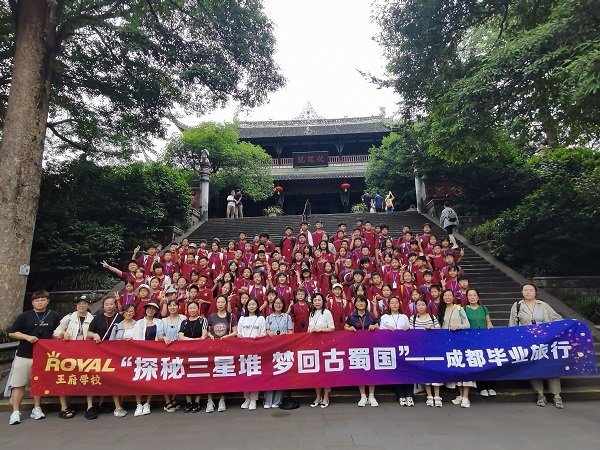search for a Trip
World Tourism Day: China’s Tourism Industry Ushers in a Golden Period of Development and Makes China Heard by the Rest of the World
source:CNTAIC
Today on September 27th UN Secretary-General Ban Ki-moon made remarks to mark the World Tourism Day. He observed that the world saw nearly 1.2 billion outbound travels per year and the tourism industry had become a strong economic sector, a path towards prosperity and peace and a force to improve the life of tens of millions of people.
Currently tourism is seen by many countries as an important means to boost the economy and the tourism industry has become the fastest growing industry in the world. In recent years, Chinese tourism industry has been growing rapidly and robustly, receiving increasing worldwide attention and contributing more and more to the world tourism and even the global economy.
At the First World Conference on Tourism for Development, co-hosted by the UNWTO and the Chinese government in Beijing from May 18th to 21st this year, UNWTO Secretary-General Taleb Rifai said: “For the world tourism industry, China is very important. China has become the leader of the world tourism industry and possesses all the conditions necessary for her to maintain the leading position.”
According to the UNWTO data, the tourism industry started late and on a poor foundation in China, but is growing rapidly and robustly. Since 2012, China has ranked the world’s biggest outbound tourism market for years in a row, generating more than 13% of the global tourism revenue per year. In 2015 alone, China saw more than 4.1 billion domestic travels, 130 million inbound travels and 120 million outbound travels.
According to the latest data published by CNTA, in the first half of 2016, China received 67.87 inbound visitors, approximately the whole population of France; and sent 59.03 million visitors abroad, up by 4.3% from the same period last year, approximately the whole population of Italy.
“China is the world’s biggest outbound tourism market. It means that China is sending a huge number of tourists overseas. More importantly, it has changed people’s views about China. Every Chinese tourist overseas helps lure foreigners to China while getting to know more about the foreign land they are visiting,” said Rifai.
Without doubt, the rise of the Chinese tourism industry has changed the landscape of global tourism and the Chinese tourism industry is making use of the advantage it has established to make China heard by the rest of the world.
Meanwhile, the Chinese tourism industry is exerting growing influence on the world’s tourism and even the global economy. Chinese tourism companies are also "going global" following the footprints of Chinese visitors. For example, Jinjiang International Holdings spent EUR 1.3 billion acquiring the Louvre Hotels Group in France, and China Travel Service (HK) Group Corporation bought the Brighton Hotels Group in the UK with GBP 400 million. Chinese companies are picking up to establish their global presence.
Business insiders expect the direct tourism investment in China to exceed RMB three trillion in the following three years, in addition to another RMB 15 trillion of general investment it will trigger. What’s more, driven by the tremendous consumption demand and guided by favourable macro policies, the tourism industry is growing into a new engine driving up China’s economic growth in the new normal.
Ban Ki-moon has told the public repeatedly: “Given the changing global economic landscape, tourism is playing a more important role in creating opportunities for social and economic development and reducing the income gap.”
“We propose to lift 12 million to 14 million people out of poverty through tourism in China in the next five years, accounting for 17-20% of China’s poor population,” said CNTA Chairman Li Jinzao. “Innovation, Coordination, Green Development, Opening up, and Sharing”, in particular “Sharing”, are in the DNA of Chinese tourism industry. China would like to share experience and cooperate with other countries and regions in tourism for poverty reduction, the “tourism plus” development strategy, the Toilet Revolution, and holistic tourism, and give full play to tourism’s positive role in poverty alleviation and elimination.
“We would like to continue to loosen visa limits, improve policies on border tourism, simplify entry/exit formalities, and reduce the travel time and expense for the ‘safety, convenience and comfort’ of tourists,” said Li Jinzao. Chinese tourism industry and the world tourism industry reinforce each other and China would like to strengthen pragmatic cooperation and share development opportunities with the rest of the world for common tourism prosperity. We would also like to tighten cooperation with other countries and regions in expanding the international tourism market. As far as tourism cooperation along the Belt and the Road is concerned, in the upcoming five years, China plans to send 150 million visitors to, who are expected to spend USD 200 million in the Belt and Road region.(Xinhua)
More Attractions






